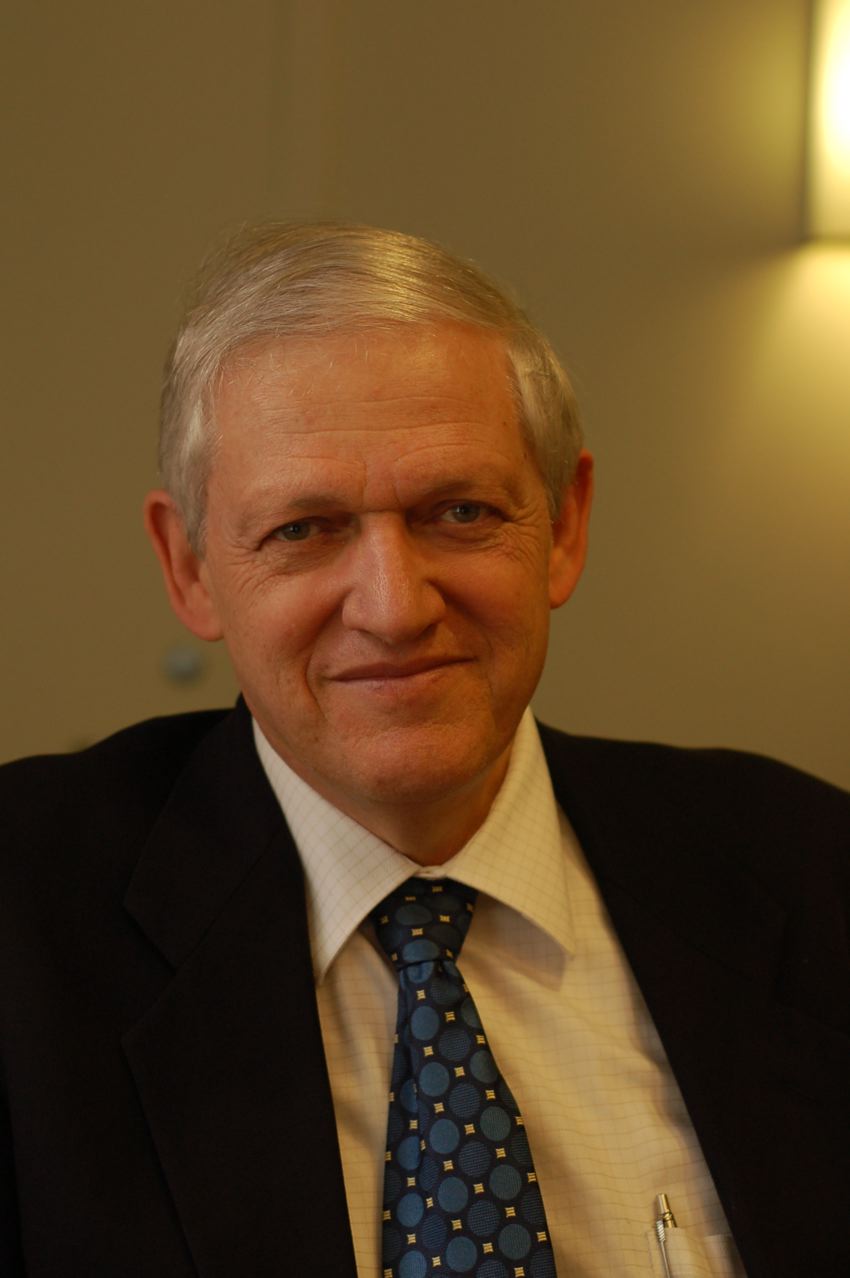Don Cohen, Managing Editor
We usually think of innovation as developing some new product or technology.  NASA is in the business of technological innovation, of course, and several articles in this issue of ASK deal with new or improved technologies. Brent Cobleigh’s “Unmanning the Fire Lines” reports, in part, on the novel capabilities NASA’s Ames Research Center and Dryden Flight Research Center brought to Ikhana, an unmanned science aircraft. “Innovating to Fly in Cleaner Skies” describes the new, efficient jet engine being developed by Pratt & Whitney. And building the Large Hadron Collider at CERN (“A Model for Collaboration,” by Krisztina Holly) demanded new capabilities in areas including cryogenics, superconductivity, and vacuum systems.
NASA is in the business of technological innovation, of course, and several articles in this issue of ASK deal with new or improved technologies. Brent Cobleigh’s “Unmanning the Fire Lines” reports, in part, on the novel capabilities NASA’s Ames Research Center and Dryden Flight Research Center brought to Ikhana, an unmanned science aircraft. “Innovating to Fly in Cleaner Skies” describes the new, efficient jet engine being developed by Pratt & Whitney. And building the Large Hadron Collider at CERN (“A Model for Collaboration,” by Krisztina Holly) demanded new capabilities in areas including cryogenics, superconductivity, and vacuum systems.
These articles and others also consider innovation in how things are done. Process innovation often contributes to the other kind. So, for instance, CERN’s radically collaborative way of working helps ensure that the best ideas will be heard and applied to the project’s technical challenges. Widening the search for knowledge is a process innovation featured in a number of articles. Ed Campion’s “Rising to the Challenge” tells the story of one of NASA’s agencywide requests for new ideas. Rocketdyne has developed a variety of ways to make important knowledge available (“Rocketdyne: Committed to Knowledge Sharing,” by Carri Karuhn), and the Pratt & Whitney engine innovation story is partly one of knowledge shared back and forth between companies.
More broadly, developing innovative ways of doing work is often necessary to carry out complex, challenging projects with limited budgets. That is why Alexander Laufer, in the interview, says that the most important attribute of a project leader is the ability to challenge the status quo— that is, to insist on a new approach when it becomes clear that the old one won’t do the job. In “Bidding Your Way to the Launch Pad,” Randii Wessen and David Porter make the case for a (so far) rarely used market-based system to allocate project resources. Noel Hinners (“Management by Wandering Around”) describes his experience with a communication practice that is not new but that we can think of as innovative because it is probably not used as much as it should be. Fayssal Safie’s “Process Improvement for Space Flight Safety” shows the far-reaching consequences of a new approach to process control, one that lessens risks for missions and astronauts.
None of these improvements would do much good without the commitment, cooperation, and goodwill that make project work possible. That is why Bryan O’Connor emphasizes shared values and universal accountability in “Some Safety Lessons Learned,” why Nancy Mangini’s article promotes engagement (“Engaged Workers Boost the Bottom Line at Ames”), and Robert Hurley and Joseph Jimmerson insist on the importance of helping team members deal with the cancellation of their project (“Managing the Trauma of a Terminated Project”). It is also why the words “trust” and “judgment” appear so frequently (for instance, in the Laufer interview, Laurence Prusak’s “Knowledge Notebook,” and the CERN article). In other words, innovation and the ability of teams to do work well in general rest on a foundation of very old and very basic human values.






